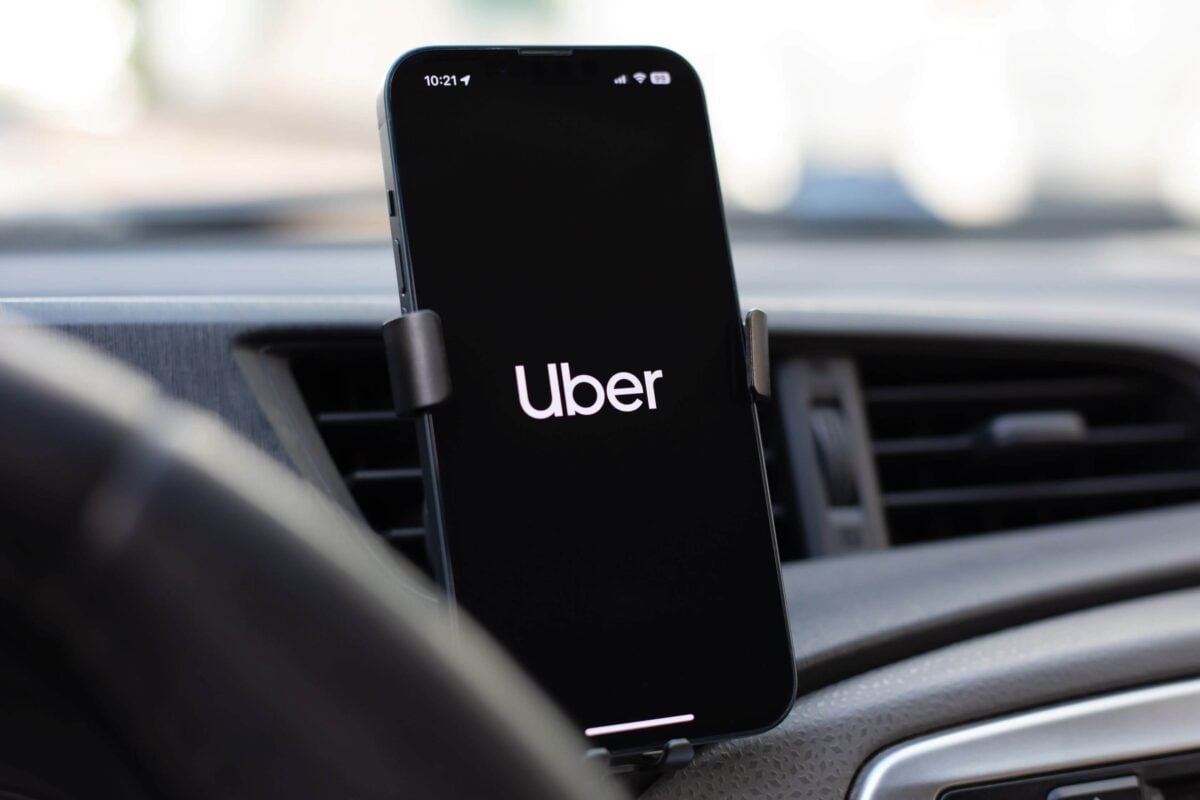Uber Reports Q3 Earnings That Crush Expectations; Shares Dip on Weaker Q4 Guidance
Uber Technologies, Inc. (NYSE: UBER) delivered a strong third-quarter performance, significantly surpassing Wall Street’s expectations. The ride-hailing and delivery giant reported earnings per share (EPS) of $1.20, almost doubling analyst estimates of $0.69. Revenue rose 20% year-over-year to reach $13.47 billion, beating the consensus forecast of $13.28 billion.
Key Q3 Highlights
– Gross bookings for the quarter ended September 30 hit $49.74 billion, exceeding expectations of $48.73 billion.
– The company processed 3.5 billion trips, marking a 22% increase from the previous year.
– Adjusted EBITDA rose 33% to $2.3 billion, with margins improving to 4.5% of gross bookings, up from 4.1% a year earlier.
CEO Dara Khosrowshahi attributed strong urban commute demand to the return of students and stricter office mandates, helping boost ride volumes during the quarter.
Uber One Membership Boosts Cross-Platform Engagement
Uber’s membership program, Uber One, is driving notable changes in customer behavior. Members of Uber One are increasingly using multiple services, expanding the company’s reach beyond traditional ride-hailing into food and grocery delivery.
– Delivery segment sales jumped 29% in Q3, outpacing the 20% growth in mobility revenue.
– The freight division experienced flat growth during the same period.
– Multi-service customers spend three times more than single-service users and have 35% higher retention rates.
Although only about 20% of active users in markets offering both rides and delivery use multiple services, top-performing countries have already surpassed this share, indicating substantial growth potential for Uber.
User Engagement Trends
The platform saw a 17% year-over-year increase in monthly active consumers. Trips per consumer also rose 4% during the quarter, reflecting growing customer engagement.
Q4 Guidance Misses EBITDA Expectations
Looking ahead, Uber provided fourth-quarter guidance forecasting gross bookings between $52.25 billion and $53.75 billion. The midpoint exceeds analyst expectations of $52 billion, signaling continued top-line growth.
However, the adjusted EBITDA outlook ranged from $2.41 billion to $2.51 billion, slightly below the consensus estimate of $2.48 billion. The midpoint falls short, leading to a more than 2% drop in Uber shares during premarket trading despite the robust Q3 results.
Stock and Strategic Outlook
Before the earnings release, Uber’s stock had rallied approximately 65% year-to-date, reflecting strong investor confidence in the company’s market position.
Starting in Q1 2026, Uber plans to shift from adjusted EBITDA guidance to adjusted profit forecasts, aligning with reporting practices commonly adopted by more mature companies.
CEO Dara Khosrowshahi described Q3 as “one of the largest trip-volume increases in the company’s history.” He emphasized ongoing investments in customer relationships, local commerce strategies, and future growth through AI and autonomous vehicle technologies.
With momentum building in its delivery business heading into the holiday season, Uber’s Q4 forecast suggests management anticipates these positive trends will persist through year-end.
—
Uber’s strong quarterly performance and strategic initiatives highlight its evolving business model focused on cross-platform customer engagement and innovation, though cautious guidance signals a watchful market eye on profitability going forward.
https://blockonomi.com/uber-stock-why-shares-dropped-despite-crushing-earnings-estimates/



